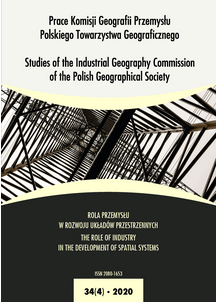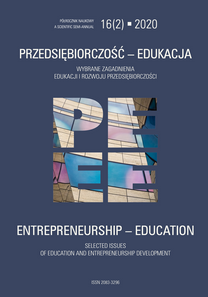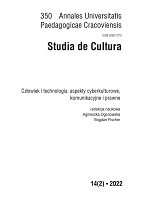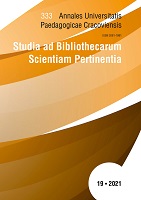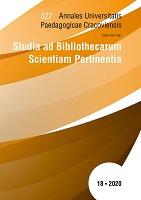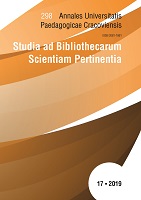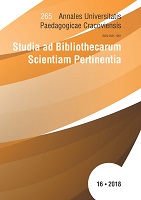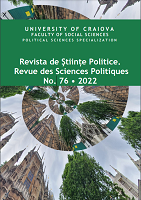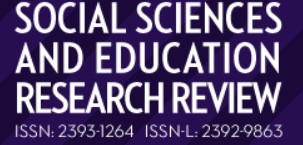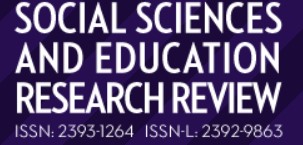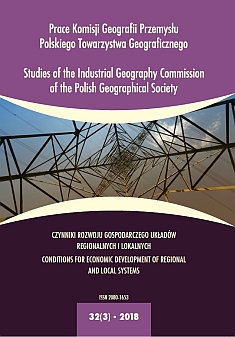
Zarządzanie różnorodnością pokoleniową zasobów pracy w przestrzeni regionalnej Polski
Current living conditions have contributed to the longer life expectancy and the co-existence of multiple generations. Today, the silent generation and generation Z can exists simultaneously on the labour market that is challenging both for managers and local governors. Both the youngest generation, who are eloquent in using IT (digital economy), and older generation, who are the knowledge transmitter, are important for regions. According to these assumptions, the authors have defined the goal of this article as the identification of sources of generational diversity in the context of the labour demands and its spatial diversity in Poland. In addition, spatial tendencies in the development of generational diversity of local counties between 2003 and 2016 was provided. The article indicates the key areas of managing diversity across different scales (microeconomic, mezzo-economic and country) that allow obtaining the synergy of intergenerational teams and diminishing negative effects of generational diversity. The spatial trends analysis in the context of replacement of generations proves that the quota of millennials in Poland diminished between 2003 and 2016. This generation with the forthcoming generation Z will shape the labour market in years to come, in particular in Greater Poland, Pomerania, and Warmia and Masuria. However the silver economy has to be perceived as the opportunity to capture by regions, e.g. by delivering senior healthcare. The adequate communication channels for different generations have to be understood and offered in the labour market.
More...
